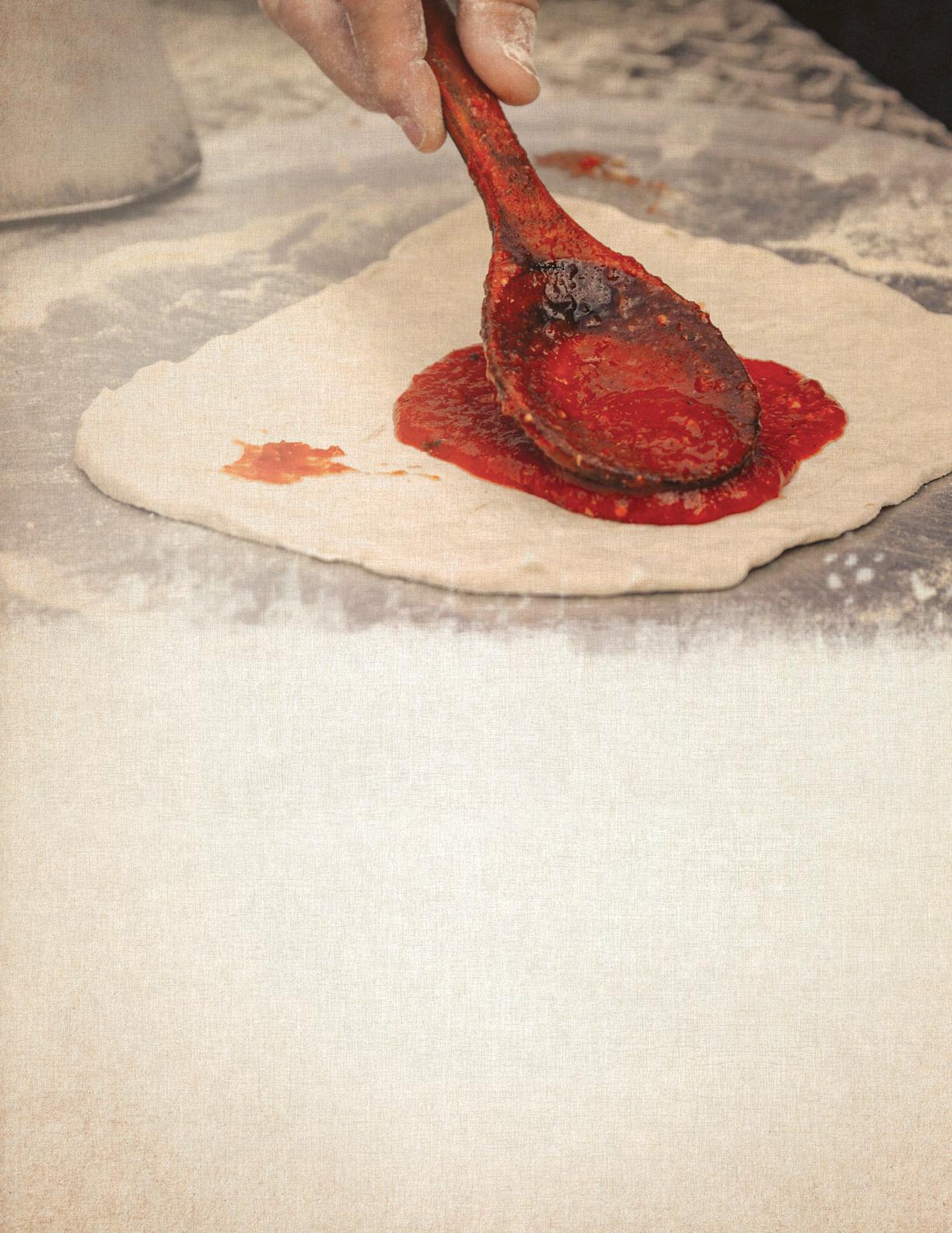
4 minute read
The Art of Trufes
Truffles.
A mystery for many, a delicacy to others and a treat for all.
For centuries, truffes have been highly sought after for their earthy, complex layers. Each truffe can add endless delights to your culinary kitchen creations.
To be such an amazing ingredient, truffes are grown in the dirtiest of places. Truffes grow underground, near the roots of oak, pine and poplar trees. Truffe pigs sniff out their hiding spots with expert precision.
There are many different varieties of this strange looking fungus. Some truffes are not edible but many have found their way into dishes worldwide. The most popular truffes are black and white, though others are also used such as garlic and burgundy.
Most chefs and restaurant owners are highly versed in the world of truffes. Used sparingly due to their high cost and pungent favor, truffe-laden menu items are sure to add an extra touch of class to any table.
According to Dave Persaud, Sabatino Tartuf VP of Marketing, “For a frst-time truffe experience, I would defnitely recommend using our fresh truffes. There’s nothing better than the real thing. However, truffes are one of the most expensive ingredients in the world, so I often recommend our Truffe Zest® truffe seasoning for folks looking to enjoy truffes on a budget. It’s the best-selling truffe seasoning in the world and made with real black truffes. Truffe Zest can be added to anything to add a touch of real truffe favor. Chefs have been using it for years to season meats, seafood, pasta, and even popcorn.”
Trufes are one of the most expensive ingredients in the world, so I often recommend our Trufe Zest® trufe seasoning for folks looking to enjoy trufes on a budget.
Mr. Persaud went on to describe several ways that Sabatino Tartuf truffes can be used.
Truffes are best enjoyed in simply prepared dishes where the truffes can be the primary focus and are allowed to shine. A simple buttered pasta or a pasta with a mushroom cream sauce with fresh truffes shaved on top are great examples. One trend that continues to be very popular in homes and in restaurants is mac and cheese with
truffes. It ties together a traditional comfort food with a touch of elegance and luxury that only truffes can add. For a slightly more contemporary version, Cacio e Pepe with truffes has become fairly popular on restaurant menus. The popular Italian pasta dish features the creaminess of pecorino cheese with a hint of spice from cracked black pepper. The addition of truffes rounds out the favor with the rich, earthiness truffes are known for. In some cases, fast-casual and casual restaurants will feature our all-natural truffe oil instead of fresh truffes to offer their diners a more cost-effective dish.
Sabatino Tartuf was created in 1911 by Sabatino and Giuseppina Balestra in Umbria, Italy. Today, the company is the world’s largest truffe specialist. Currently, Sabatino Tartuf is led by 5th generation family member, CEO Federico Balestra.
We have been focused on truffes for over 110 years now. What started out as a business focused on distributing truffes and truffe products around Italy has now evolved into a global business. Thanks to innovation and investments in our growth as a company, we now have a truly global footprint. We now distribute our truffe products to every corner of the globe. I think if past generations saw what the company has become today, they would be extremely proud.
In order to see if it truly is easy to cook with truffe products at home, I purchased two products from Sabatino Tartuf-Truffe Hot Sauce and Truffe Honey. Since it is recommended to use truffe ingredients as a way to enhance simple foods, I decided on a simple and easy favor profle-air fried chicken wings.
I generously seasoned the wings with salt and pepper before frying them to perfect crispiness. On a few of the wings, I coated them with the Truffe Hot Sauce. My tastebuds were not ready for the additional layer this specialty hot sauce provided.There was a nice layer of heat followed by the recognizable, earthy favor of truffes. A welcome treat to this traditional game day food.
Next, I sprinkled some of the wings with a generous dusting of Old Bay seasoning. Each wing was then carefully drizzled with the Truffe Honey. This was truly next level. I’m not sure I can eat dry rubbed wings without truffe honey in the future.
Truffes.
This delicacy is for everyone-James Beard winning chefs and home chefs alike.
Credits for info/quotes: Dave Persaud, VP of Sabatino Tartuf via email














